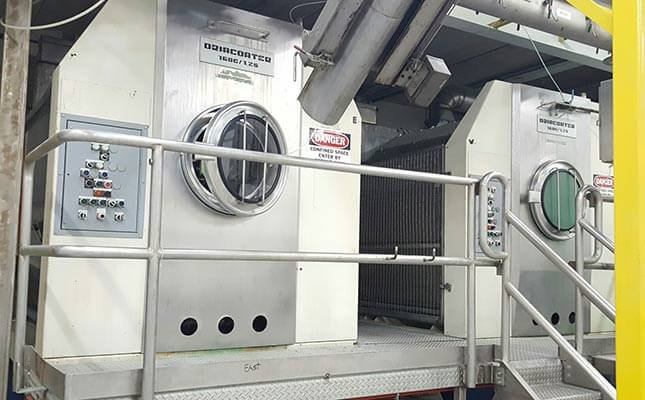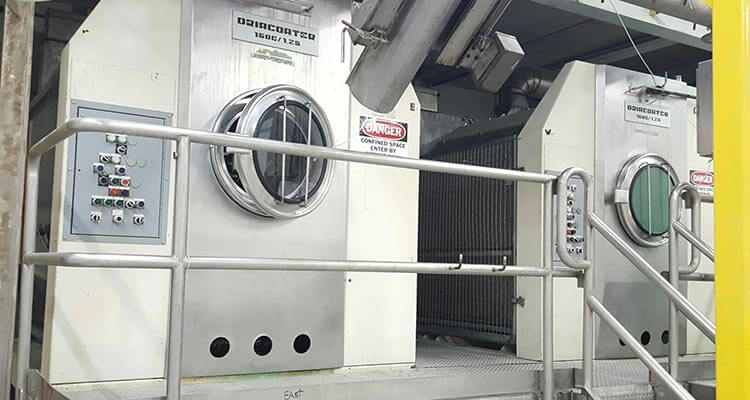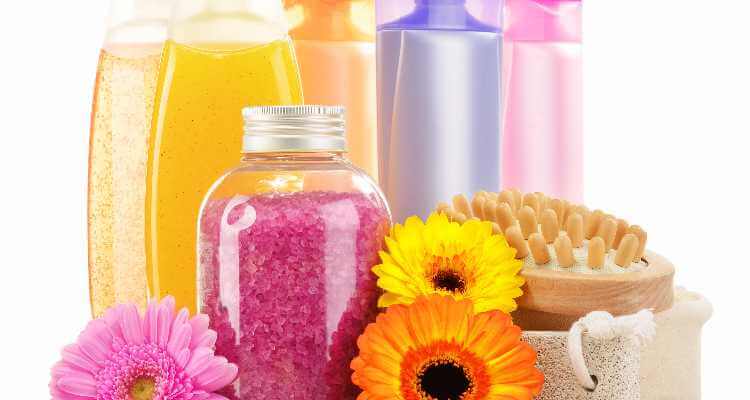You wouldn’t knowingly rinse a plastic container down the drain, would you? Of course not!
Unfortunately, you may be surprised to hear that according to a report by the United National Environmental Programme (UNEP), a personal care or cosmetic product can contain as much plastic as the very packaging it comes in.
Now, you may be thinking to yourself: How is that even possible?
Well, the truth is that not all plastics are visible to the naked eye. Up until recently, a large percentage of consumer products—specifically those in the personal & beauty care industry—contained what’s commonly referred to as plastic microbeads.
What are microbeads and why are they so bad for the environment?
While microplastics are defined as any piece of plastic under 5 mm in size, microbeads are even smaller yet, at less than 1 mm in diameter.
For years, these microbeads were being added to all sorts of common bathroom products, from shampoo and shower gel to mascara and eye shadow. Since they were a relatively low-cost method of exfoliating skin, polishing teeth, and binding liquid absorbents (amongst many other uses), some products were, startlingly, comprised of more than 90 percent plastic.
The problem is, while wastewater treatment facilities would have no trouble filtering out that plastic container we mentioned earlier, these tiny microbeads are much too small to treat, leading them to inadvertently wind up in our nation’s lakes and rivers.
Not surprisingly, the polymers in these microplastics are non-biodegradable and often get mistaken for food by certain species of marine life. In large doses, this can lead to significant digestive issues, and even make its way up the food chain and become a more direct problem for consumers around the globe.
Is there anything being done to help?
Fortunately, this issue hasn’t gone entirely unnoticed in recent years. In 2015, Congress passed the Microbead-Free Waters Act, prohibiting “the manufacturing, packaging, and distribution of rinse-off cosmetics containing plastic microbeads.”
While certainly a huge win for our environment, the adoption of this act caused many cosmetic companies to panic. With less than two years to completely reformulate, test, and produce microbead-free alternatives, manufacturers were scrambling to meet the tight deadlines.
One such company, wisely, turned to AVEKA for help.
Reformulating a microbead-free cosmetic product
The customer in question came to us in need of a biodegradable, plastic-free alternative to the microbeads they were using in their existing rinse-off cosmetic product. This new proprietary coating would need to be:
- Environmentally friendly
- Able to absorb color and fragrance
- Safe for consumer use
Our experienced research and development team immediately set to work on a solution. Together with the customer’s in-house R&D department, we began searching for optimal base carriers. Ultimately, we landed on crystalline sugar as the ideal core particle.
We then performed an abundance of testing to evaluate the level of stability in the new product compared to the old one. Satisfied with the initial results, small samples were created and sent off to our AVEKA Inc. Characterization Lab in Woodbury, MN to formulate a microplastic-free shell coating.
Tablet coating a multi-layered shell encapsulation
This new cosmetic product’s shell coating needed to function in many of the same ways as the microbeads did, without any of the negative environmental impacts. This meant that it needed to:
- Encapsulate the fragrance of an essential oil and provide a slow release
- Seal in a specific-colored dye that matched the fragrance
- Be 100% water soluble
Using a combination of optical and SEM imaging and particle size testing, we determined that the best solution would be to create two proprietary coatings and encapsulate the product twice, one after the other.
Once the customer signed off on the plan, we used our in-house tablet coating systems to coat and dry each layer. The first coat was sprayed on to encapsulate the fragrance, with the second adding the desired pigment.
Keeping safety at the forefront
Considering the nature of the product we were creating, we strictly adhered to several precautions throughout the process. With the volatility of essential oils in mind, we kept the dryer temperature low to ensure safety and reduce evaporation.
To minimize agglomeration, we used a low rate of addition as well as continuous tumbling in the dryer. We then thoroughly screened the output to ensure a consistent product size and eliminated any fine particles through the baghouse.
Once the product passed all quality inspections, it was bulk packaged in 50 lb. craft bags. It was then shipped to the customer where the final packaging was done off-site.
Create your environmentally friendly products with AVEKA
At AVEKA, we have a robust Research & Development team with decades of experience creating products that are 100% safe for the environment. With an arsenal of equipment available for all sizes of production, we can meet quick turnarounds and large-scale quantities upon request. Contact us today to discuss what we can do for you.


